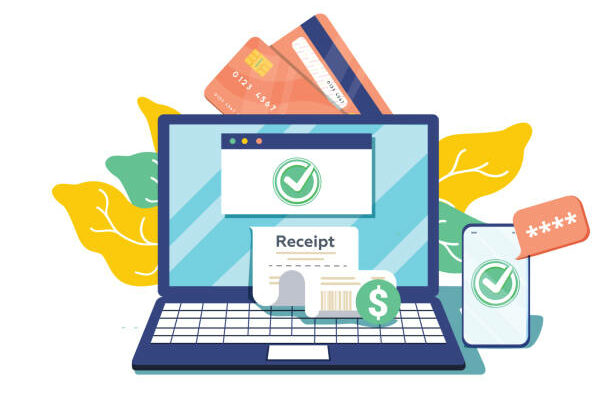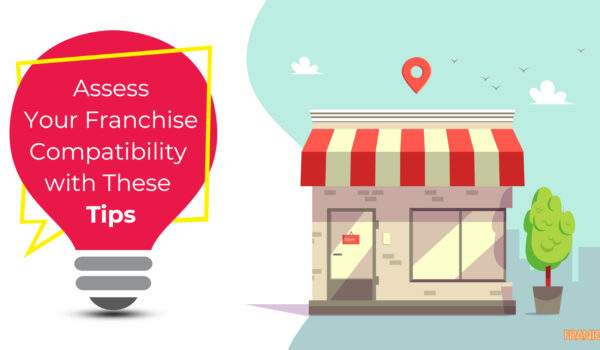As an aspiring entrepreneur, it isn’t easy to estimate the cost of owning a franchise. It is often not just the figure quoted by the franchise business but a lot of peripheral and tertiary costs. So, franchising is a decision you must consider with keeping the risk in mind. The risk comes from considering the business. But franchising, on the other hand, is worth taking the risk for its stability. The Franchise comes with a well-set business model, a structure, a marketing strategy, and a targeted customer base. You know the playground, the strategy, the players, the skills required; you all need to gather up a team and get going. Although it is not that simple, it shouldn’t be very difficult in the first place. Every move, if taken calculated, can be very profitable.
Budgeting on how much you can spend on franchising depends greatly on which industry and segment you want to invest in. At the same time, the costs can range from $10,000 to $5 million, $10,000 being a mobile version and $5 million for a more permanent option that includes land, permits, licenses, and so on.
How much you are willing to spend is also a determining factor for the franchisor brand you are keen on. The more sought brands charge quite a lot on the higher-end franchise fee, which is a one-time fee and some agreements here and there. So the costs incurred occur in three different phases in the whole lifetime of a franchise.
- Before the setup of the Franchise
- Setup, agreement, Franchisee fee
- Post Setup, Floating costs.
Before you start setting up the Franchise and signing up an agreement with the Franchise, you incur some expenditure in terms of professional tax, inventory, and accountant-to-work numbers on business licenses depending on the type of business you are into, rent, overall overhead, etc.
There is a franchise fee, which can be $20,000-$60,000 or even more for the more established brands. There might be additional costs if you think about buying your real estate. Paperwork relating to that becomes heavy on the pocket yet again one-time investment incurred.
Post the setup, there are overhead costs and the royalties to the Franchise that were agreed upon on the papers, which need to be fulfilled.
The franchisors require you as a franchisee to have the liquidity to keep the business afloat for the first year until it generates real-time profits.
Franchise Cost
- Franchise fee
- Professional fees
- Costs for building out the store/office space
- Renting out professional space
- Hiring people
- Taking professional help
- Business licenses, if any
- Promotional expenses
- Overhead expenses include energy, supplies, salaries, insurance, interests, rent, and utilities.
Franchisors have limited deals and flash them on their websites for special occasions to promote their brands more specifically.
Steps to Become a Super Franchisee
- Brand values are specific to geographical areas
- Research and Connect with the Franchisees to know the Franchisor more
- Know that you will have a regular cash flow no matter what
- Every business takes 18 months to keep afloat
- lastly, ‘Make it attractive, make the customers buy it.’
Liked what you read? Follow us on Linkedin.
Want your franchise news to be covered? Send your Press Release.




